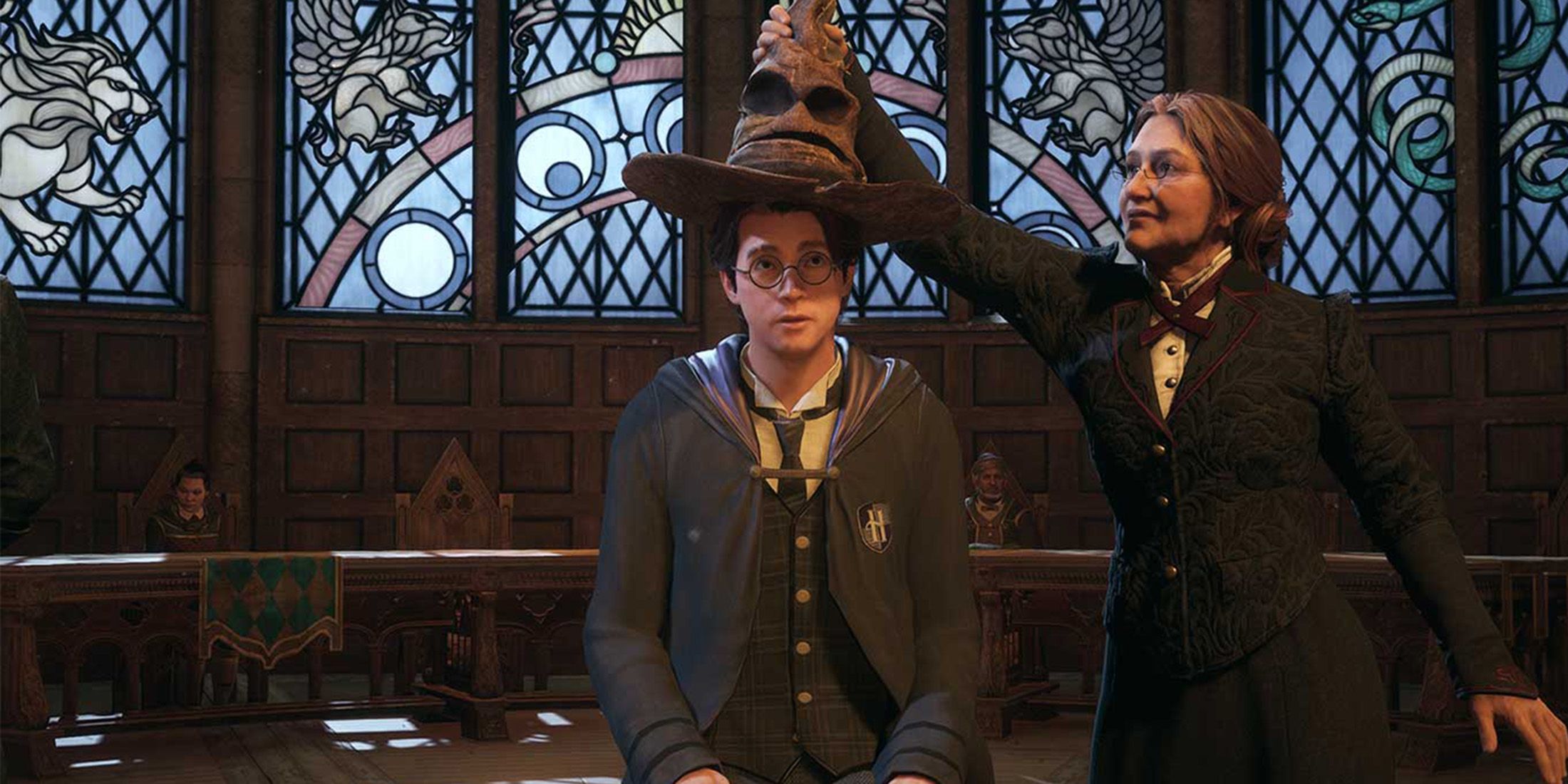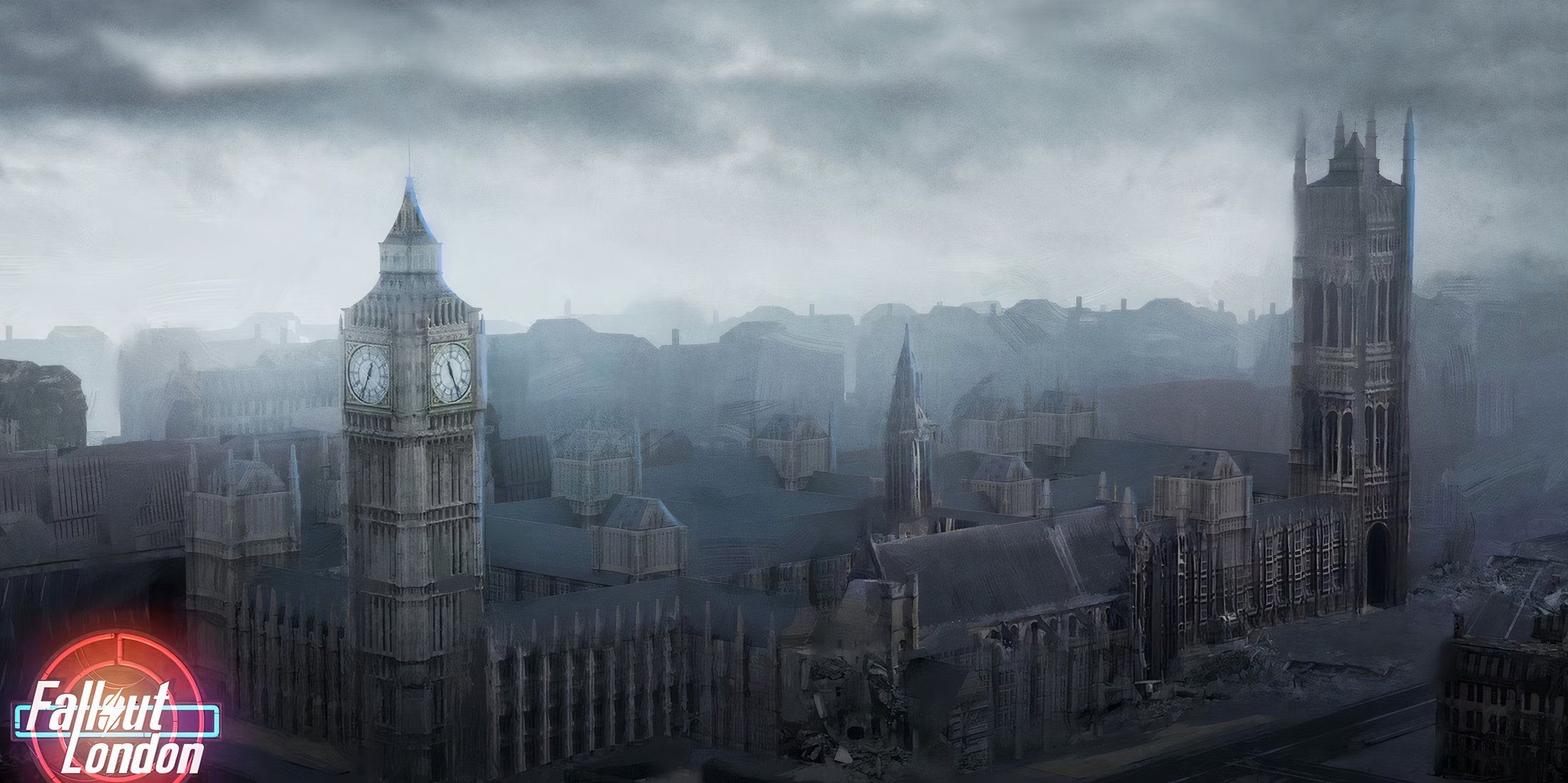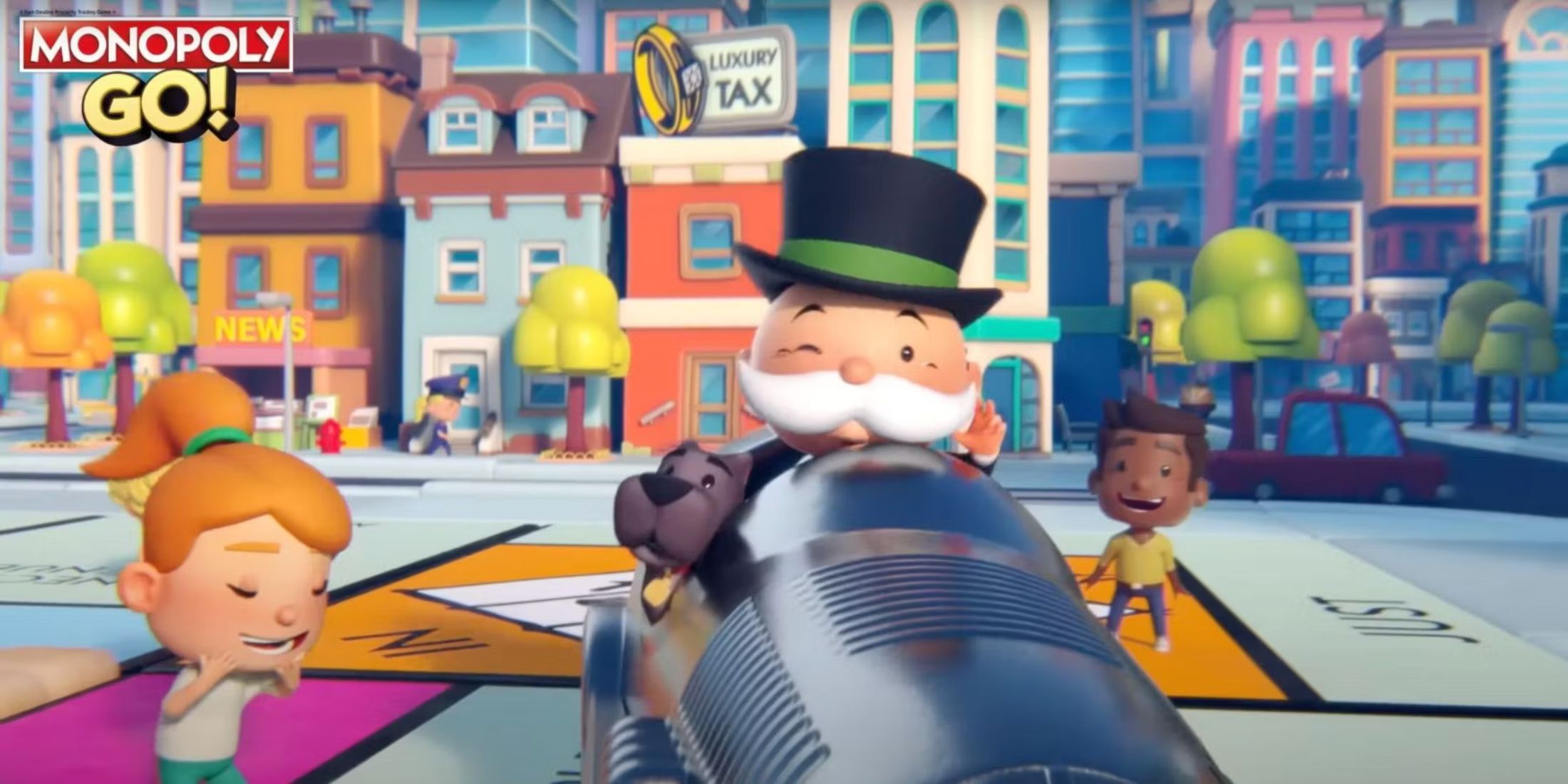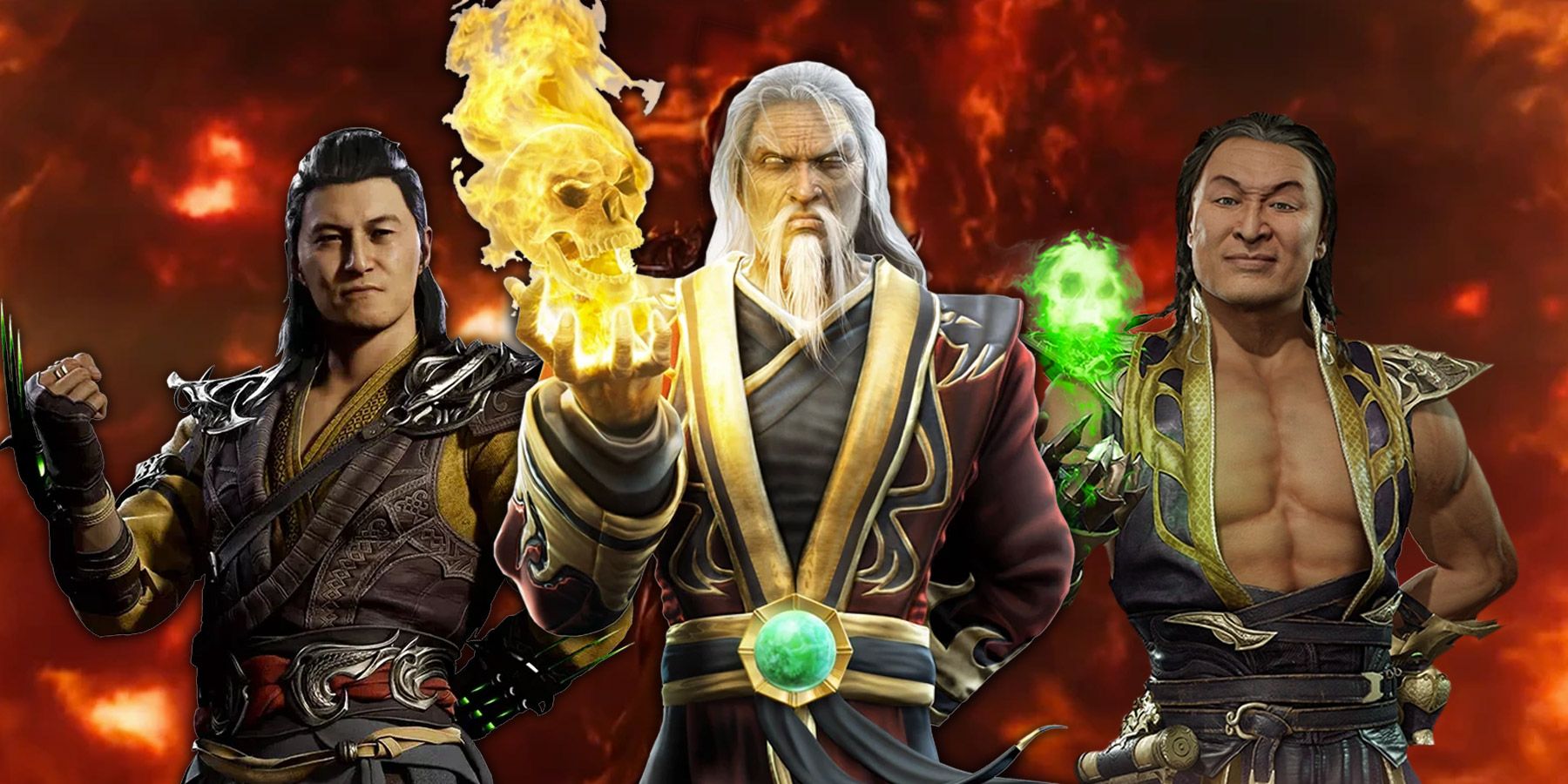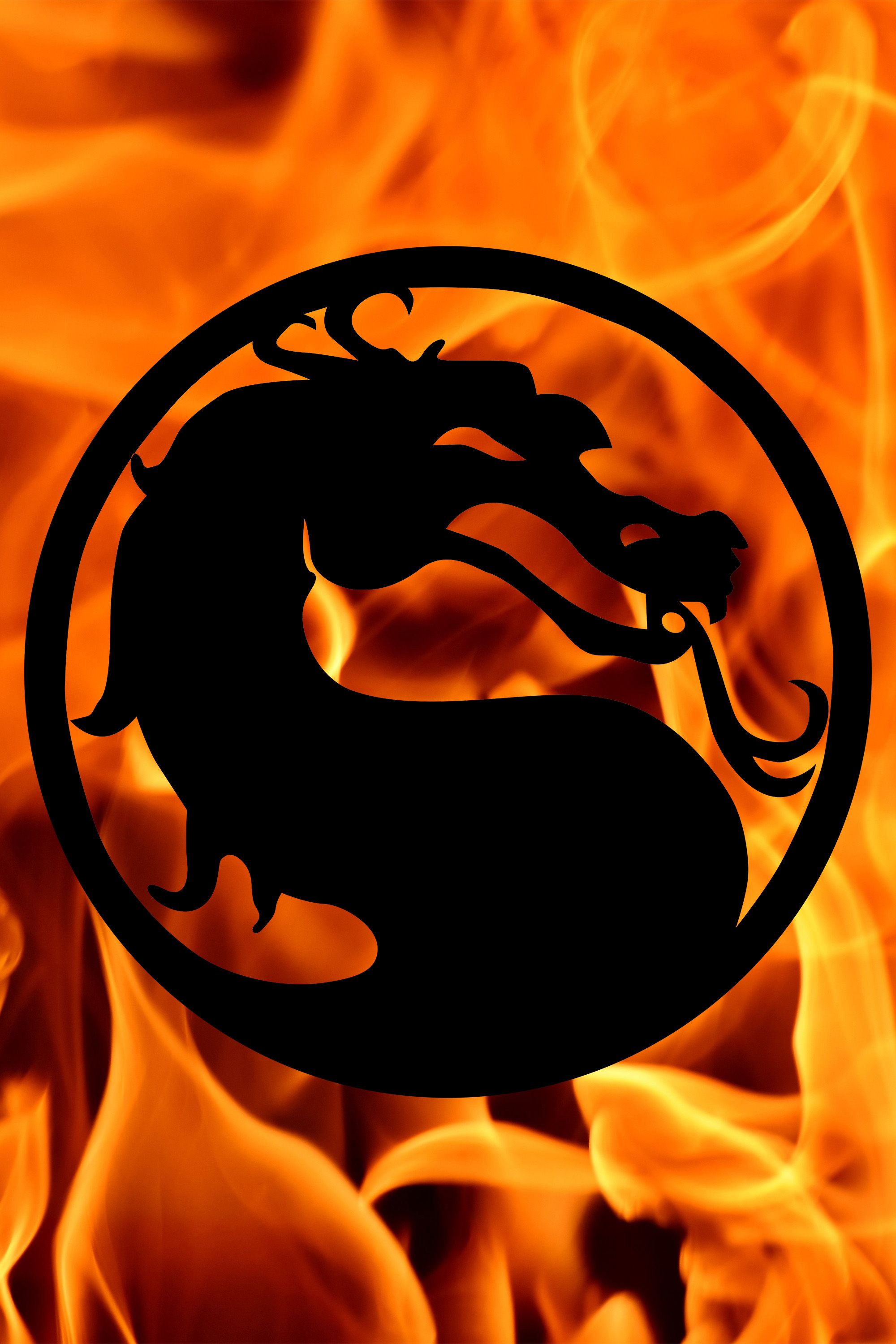Highlights
- Shang Tsung has been an important and recurring character in the Mortal Kombat franchise for over 30 years, appearing in almost every mainline game since 1992.
- Shang Tsung relies on cunning schemes and deceit to gain power, using his ability to absorb the souls of fallen warriors to increase his strength.
- Different versions of Shang Tsung have appeared throughout the series, each with their own unique design and abilities, but all embodying the evil sorcerer's dark nature.
From the very first time the world was introduced to Mortal Kombat, Shang Tsung was there to strike fear in the hearts of players. As the main antagonist of the original Mortal Kombat arcade game, the elderly, soul-stealing sorcerer was established early on as a force to be reckoned with. Though players defeat him at the end of the game, Shang Tsung returns in Mortal Kombat 2 as a younger man and a playable character. Ever since then, he has been revived, redesigned, reworked, and rebooted many times throughout the franchises' 30-plus years of history. Appearing in almost every mainline Mortal Kombat game released since 1992 except for just three, Shang Tsung is one of the most important reoccurring characters in the franchise.
Serving as the host of the Mortal Kombat tournament and the liaison between the realms of Earthrealm and Outworld, he alone stood between peace and total destruction. Answering only to the emperor of Outworld, Shao Kahn, Shang Tsung is as fearsome and powerful as any enemy in the series. However, he chooses to rely on cunning schemes and deceit in order to gain power rather than brute force. Shang Tsung is not only a trickster though. By absorbing the souls of fallen warriors, he gains their strength. And after ages of soul-
stealing, Shang is an unpredictable force in every game he appears in throughout the years.
This tier list only considers mainline games for Shang Tsung's versions.
S-Tier
Mortal Kombat 11
Reprising his role from the 1995 live-action Mortal Kombat film, Cary-Hiroyuki Tagawa granted his likeness and vocal performance to the character of Shang Tsung in Mortal Kombat 11. Undoubtedly an iconic and memorable rendition of the character, Tagawa's Shang Tsung embodied everything the evil sorcerer represents while adding unique mannerisms and charm. The ability to play both the younger Shang Tsung from the film and an older, more traditional version of the character made this portrayal even more special. Added to the fact that players can battle against other characters from the same film, such as Bridgette Wilson's Sonya Blade, Linden Ashby's Johnny Cage, and Christopher Lambert's Raiden, this version of Shang Tsung is top-tier.
A-Tier
Mortal Kombat 1
The latest appearance of Shang Tsung brought the devious sorcerer into the new age with an updated look and abilities to match Mortal Kombat's "rebooted" timeline. This new Shang managed to capture some of the nuances of Cary-Hiroyuki Tagawa's version of the character while still feeling fresh and unique. Also serving as one of the youngest-looking versions of the character, he perfectly fits into his updated role as a poor young commoner seeking to become a great sorcerer. This version of Shang Tsung proves that no matter where or when the character appears, he will always be up to no good.
Mortal Kombat (1992)
The original version of Shang Tsung is perhaps one of the most mystifying and terrifying that exists. This is the villain that helped make Mortal Kombat the franchise it is today, a dark fantasy take on classic martial arts movie tropes. Appearing to be inspired by the characters of Lo-Pan from the film Big Trouble in Little China and Han from Enter the Dragon, Shang Tsung was the perfect ring leader for a martial arts tournament to the death. Also, introducing his ability to mimic other fighters made this first version of Shang Tsung a fearsome foe, and one that no doubt claimed many quarters from unsuspecting victims when the original MK debuted in arcades.
Mortal Kombat 3
By the third Mortal Kombat game, Shang Tsung had seen several transformations. After his defeat in the original Mortal Kombat, he was given new life by the emperor Shao Kahn. He was made young again and even became a player character in Mortal Kombat 2. His design was revamped once again to match the vibe of the final game in the original Mortal Kombat trilogy, featuring an almost comic book-inspired design. This is one of the most unique designs for the character across the franchise and one that captures the mystery and darkness of the character differently than any other.
B-Tier
Mortal Kombat: Deadly Alliance/ Armageddon
After a brief hiatus in Mortal Kombat 4, Shang Tsung returned in Mortal Kombat: Deadly Alliance with another new design and gameplay style to match the jump to 3-D. The most detailed design up to that point, Deadly Alliance Shang Tsung felt realistic and modern, wearing sorcerer-esque robes and using real-world martial arts styles Snake and Crane. This version of the character returned again in Mortal Kombat: Armageddon, the third game in the 3-D trilogy, after being skipped over again in MK: Deception.
Mortal Kombat 2
Mortal Kombat 2 was the first appearance of young Shang Tsung and the first time the character was playable. This allowed players to experiment with his now iconic fireball projectiles and shape-shift ability. This version also pioneered the character's black and yellow outfit design, which would return in several games later on. Allowing players to defeat Shao Kahn as Shang Tsung in MK2 set up the narrative that the character is willing to betray his superiors for his own gain, a concept that comes up frequently throughout the series.
Mortal Kombat (2011)/ Mortal Kombat Vs. DC Universe
Mortal Kombat 9 saw the first timeline reset in the series, making way for yet another Shang Tsung update. This version captured the elements of the character from the original trilogy while still standing out. Once again showing him as both an old man and a young one, players saw the full range of the character. He also maintained all of his classic moves and fight style in this version. The same design from MK9 also appears in MK8 aka MK vs. DC.

